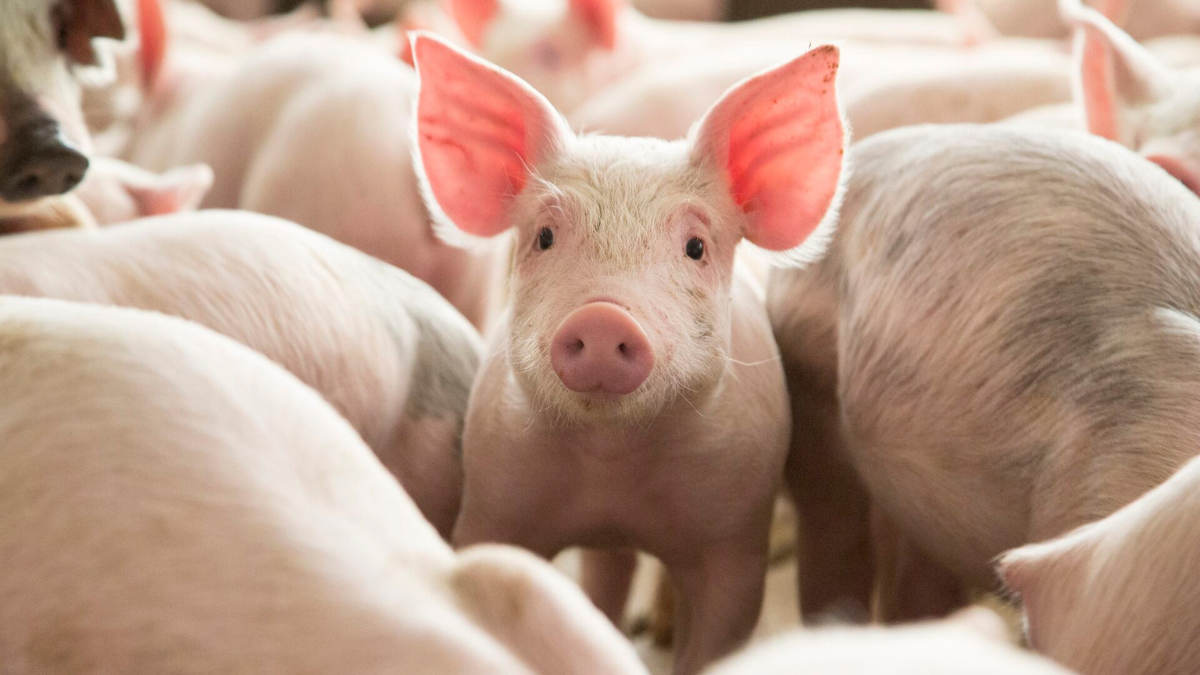Keep ahead of the threat
Stay up to date with the latest mycotoxin information by signing up to our newsletter

Mycotoxin contamination in monogastric animals: Feed analysis in Asia
Author: Gustavo Sa Ribeiro, Regional Technical Manager (Monogastric), Alltech
The growth and evolution of the monogastric industry in Asia, encompassing the production of pigs and poultry, has been a prominent trend in recent years. This blog post aims to shed light on the challenges faced by this industry, with a specific emphasis on one concern: mycotoxin contamination in feed for monogastric livestock. As we explore the dynamic landscape of pig and poultry production in Southeast Asia, we’ll delve into the significant implications and emerging solutions surrounding mycotoxin analysis in monogastric animal production.
The Asia monogastric industry: A snapshot
In Asia, there has been a considerable expansion in feed tonnage, primarily driven by increased demand in the broiler and layer businesses. Despite this promising growth, the industry encounters numerous challenges, particularly in pig and poultry production. Livestock feed in Southeast Asia is particularly susceptible to issues such as mycotoxin contamination due to the hot and humid climate, which fosters fungal growth.
The mycotoxin challenge
Mycotoxins, toxic secondary metabolites produced by certain types of fungi, can contaminate feed ingredients and pose a significant threat to the Asian livestock sector. These chemical compounds have adverse effects on monogastric animals’ health and productivity.
In monogastric animals, mycotoxins can cause immunosuppression, organ damage, digestive issues and neurological symptoms, leading to reduced feed intake, poor growth rates, and reproductive problems. Economically, mycotoxin contamination results in increased veterinary costs, lower productivity, and losses due to discarded feed. Specific mycotoxins, such as aflatoxins, fumonisins, zearalenone, ochratoxins and trichothecenes, target different organs and systems, exacerbating these issues.
Risk analysis and mitigation strategies
To effectively manage mycotoxin risks, producers need to adopt a data-driven approach. Continuous analysis of feed samples and the collection of mycotoxin risk analysis data over time can help identify contamination patterns and trends, leading to the development of targeted mycotoxin mitigation strategies.
Alltech’s Asia Import Risk Analysis report provides detailed mycotoxin risk analysis, enabling producers to understand the specific risks associated with imported grains and adjust their feed formulations accordingly.
Essential tips for mycotoxin control
To address the challenges posed by mycotoxins in food and feed, here are some top tips:
- Regular monitoring: Implement a rigorous mycotoxin detection program to regularly test feed ingredients and finished feeds for contamination.
- Quality feed ingredients: Source high-quality feed ingredients and ensure proper storage and handling practices to minimize the risk of contamination during storage.
- Mycotoxin binders: Consider using mycotoxin binders in monogastric diets to reduce the absorption of mycotoxins in the digestive tracts of monogastric animals.
- Improved storage: Invest in proper storage facilities that maintain ideal temperature and humidity conditions to prevent fungal growth and mycotoxin production.
- Climate-resilient farming: Implement climate-resilient farming practices to adapt to changing weather patterns and minimize the impact of extreme weather events on mycotoxin contamination.
- Education and training: Train farm personnel on mycotoxin awareness, prevention and management practices to ensure everyone is equipped to address the issue effectively.
Additional considerations
Given the challenges associated with mycotoxins and their potential impact on human and animal health, it is important to test feed regularly. Mycotoxins can have a cumulative effect, making even small amounts of exposure harmful, especially for stressed or sick animals. This emphasizes the need to safeguard against mycotoxin contamination.
Conclusion
The monogastric industry in Southeast Asia is poised for significant growth, but it must navigate the dual challenges of production complexities and mycotoxin contamination. By adopting a proactive, data-driven approach to mycotoxin management and leveraging regional mycotoxin risk analysis reports, producers can mitigate the risks and ensure the health and performance of their livestock. Visit the Alltech website to access this year’s and stay informed on the best practices for managing mycotoxin risks in feed for livestock.







